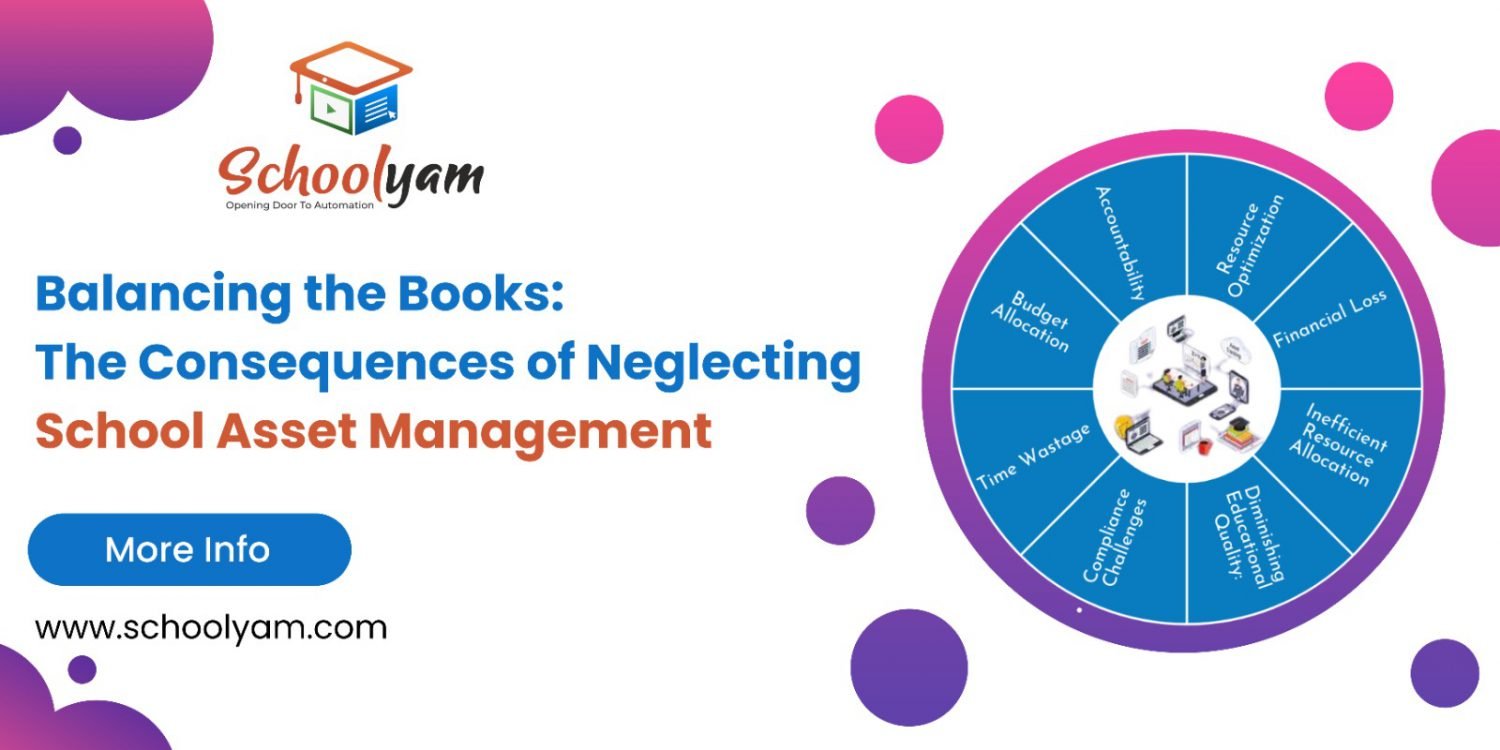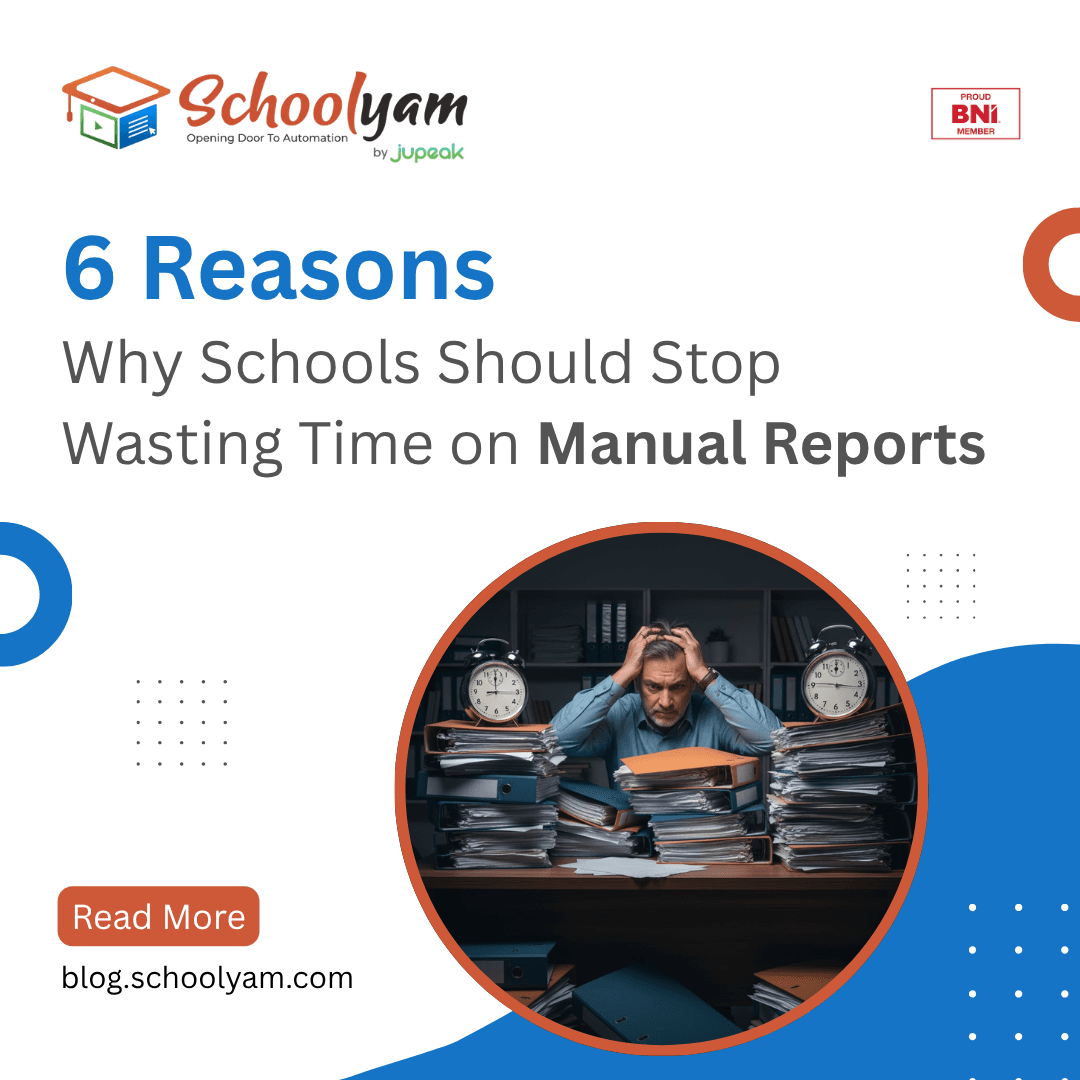
Introduction: Pioneering Efficiency in School Asset Management with Schoolyam
In the intricate landscape of educational institutions, efficient School Esset Management often takes a back seat. Educational environments are dynamic, brimming with diverse physical and digital resources that warrant meticulous oversight and handling. Neglecting asset management can trigger a cascade of consequences, some of which wield a substantial impact on the quality of education provided. In this article, we delve into the significance of asset management in schools, exploring both its advantages and disadvantages, and why getting it right is paramount.

The Benefits of Effective School Asset Management:
Resource Optimization:
Effective asset management ensures optimal utilization of school resources, including textbooks, equipment, and technology. This optimization leads to cost savings and enhanced educational outcomes.
Accountability:
A well-organized asset management system fosters accountability among staff and students. Clearly defined responsibilities reduce the risk of asset loss or misuse.
Maintenance Planning:
Sound asset management empowers schools to plan for routine maintenance and upgrades, thwarting unexpected breakdowns and disruptions to the learning environment.
Budget Allocation:
Schools can allocate budgets more intelligently when equipped with a lucid understanding of their asset requirements. This ensures that funds are directed to areas of utmost necessity.
The Downsides of Neglecting School Asset Management:

Financial Loss:
Inadequate asset tracking exposes schools to substantial financial losses arising from lost, stolen, or damaged assets. Such losses divert funds from educational initiatives.
Inefficient Resource Allocation:
Absence of a comprehensive overview of existing assets might lead to unnecessary purchases or duplicate acquisitions, straining budgets through inefficient allocation.
Diminishing Educational Quality:
Deteriorating or unavailable assets such as textbooks or technology directly affect educational quality. Students may lack access to crucial learning materials.
Compliance Challenges:
Asset mismanagement can trigger compliance issues, particularly concerning safety regulations and auditing requirements. This can result in legal entanglements and reputational harm.
Time Wastage:
Ineffective asset management saps valuable time from staff and educators as they grapple with resource retrieval or equipment troubleshooting instead of focusing on teaching and administrative tasks.
Implementing Effective School Asset Management in Schools with Schoolyam:
To harness the benefits and circumvent the drawbacks, schools should contemplate the following strategies:
Invest in Asset Tracking Software:
Modern asset tracking software, such as Schoolyam, streamlines asset management, rendering monitoring, maintenance, and allocation effortless.
Formulate Clear Policies:
Develop and enforce lucid asset management policies within the institution. Ensure all stakeholders comprehend their roles and responsibilities.
Routine Audits:
Conduct periodic asset audits to verify asset condition and location, thereby preempting issues before they escalate.
Training:
Provide comprehensive training to staff and educators on prudent asset handling and reporting protocols.
Scheduled Maintenance:
Enforce regular maintenance schedules for assets like computers, audio-visual equipment, and HVAC systems to prolong their lifespan.
Conclusion:
Effective School Asset Management is not solely a logistical requisite for schools; it is integral to upholding educational quality, financial stability, and compliance. By proactively addressing the merits and demerits of asset management, schools can establish an environment conducive to the thriving of both students and educators. Embrace Schoolyam to streamline your asset management practices and empower your educational journey.
Balancing the Books: School Asset Management Made Easy with Schoolyam.



